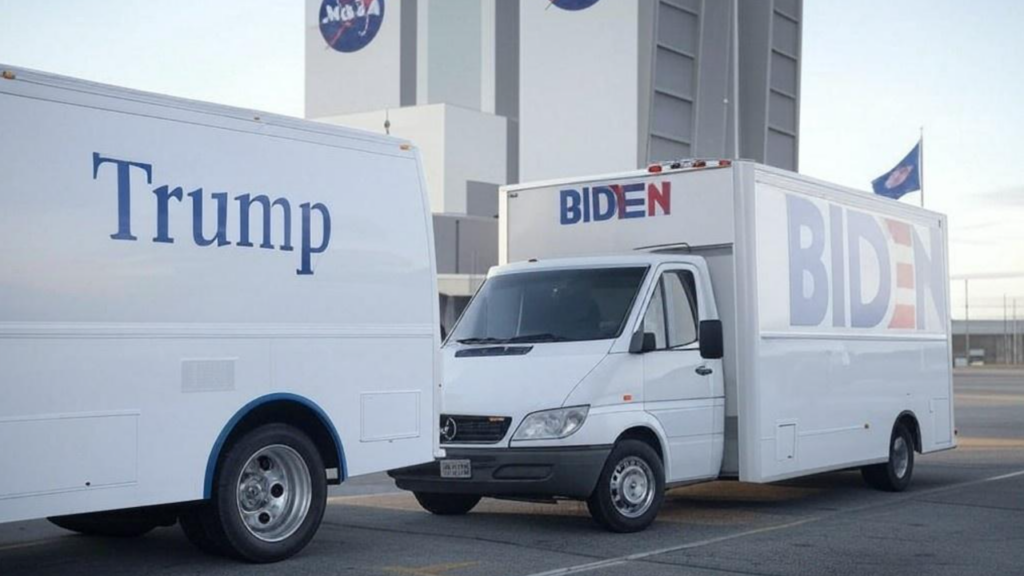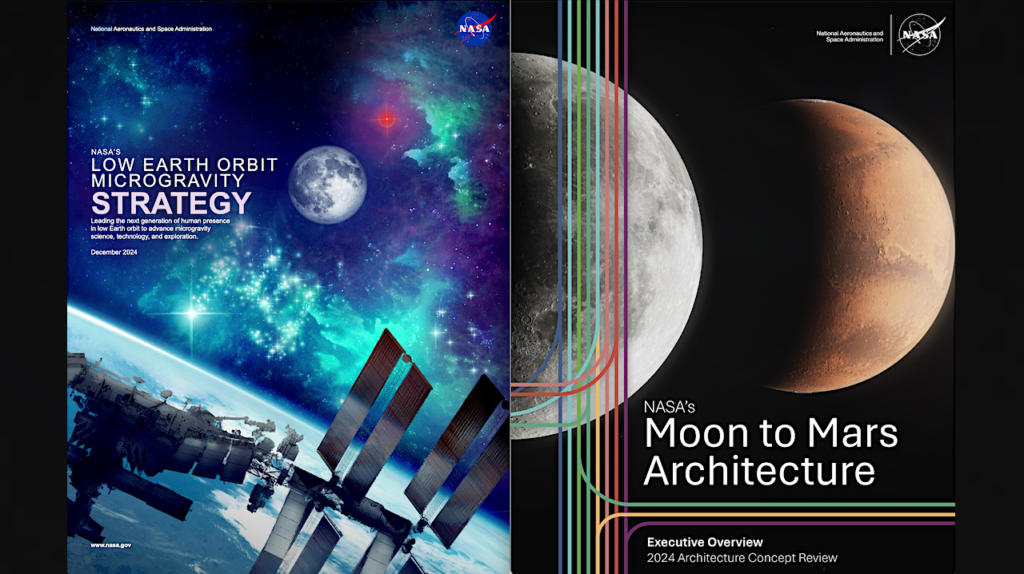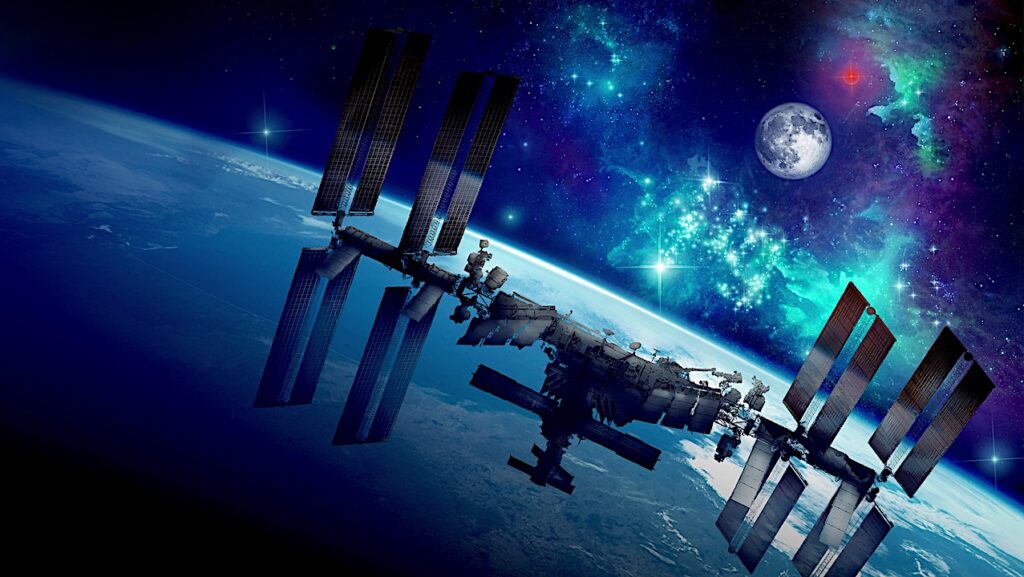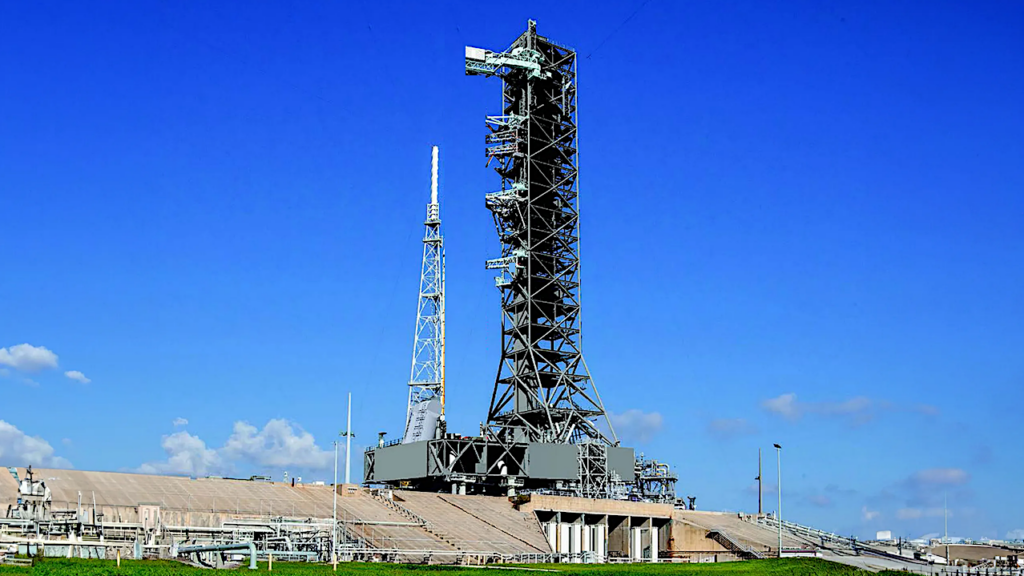That Stealthy NASA Cancer Moonshot Event

Keith’s Note: NASA is holding a Cancer Moonshot media thing at 9:30 am EDT on Thursday, 21 March at NASA Headquarters with the Secretary of HHS, the NASA Adminstrator, and some astronauts, to talk about NASA and the White House Cancer Moonshot effort. As a former NASA life scientist and space station payload guy this fascinates me. But I won’t bother to cover it. It is an onsite thing only and will not be broadcast on NASA TV – no mention of the event by NASA TV here or here or or on the SMD science calendar here. HHS has no mention here or here either. And there is zero mention at the Cancer Moonshot website itself. So, at most a handful of people will hear what is said and distilled summaries will appear on a few news websites – maybe. If this is such ‘a big f*#king deal’, as the President likes to say (it is a project for which the Bidens have a strong personal – family – interest), then you’d think that NASA and HHS – and OSTP – would say a teeny tiny bit more about it. Guess again.
If I went to this event I’d be asking these two questions (assuming that NASA PAO actually let me ask a question):
More below
- To HHS: Can you please tell me the specific ways that NASA ground-based or space-based research has already aided the national Cancer Moonshot program i.e specific datasets, specific research protocols, specific research results of products, and which (if any) are actually in use in non-NASA cancer research or actual clinical (patent) treatment – or have been identified as in the development pipeline?
- To NASA: can you provide me with the specific names (scientific and trade/commercial) of the products, methods, or treatments developed from NASA-funded/sponsored space station research over the past 25 years that have gone to market and are in non-NASA cancer research and/or actual clinical (patent) treatment – or have been identified as being in the development pipeline and close to market?
Some NASA PAO person would then step in (since this is happening on their turf) and say “we’ll get back to you” or “our office will reach out to you” – and they won’t – unless they do – and then whatever they say will still not be an actual answer.
HHS Secretary Xavier Becerra is a lawyer so he’ll be repeating other people’s words about the science stuff. Bill Nelson is also a lawyer too – but he will likely drone on and on about some science thing he did 40 years ago when he elbowed his way onto a Space Shuttle mission – research that had no impact then – and certainly is irrelevant now. Astronaut Stephen Bowen is a former submariner. But Astronaut Frank Rubio has an M.D. is an actual flight surgeon – so he may well have something interesting and cogent to say. Kimryn Rathmell is also a M.D. – and a PhD. and seems to have had quite a career in the biomedial arena. So: two out five people will actually know what they are talking about. What I do not understand is why NASA Chief Health and Medical Officer J.D. Polk or Lisa Carnell, NASA’s Biological and Physical Sciences Division Director, aren’t giving part of this briefing since they fund the research in question.
The original 2023 White House announcement says: “Leveraging research in space to fight cancer on earth and amplifying awareness on cancer screening. NASA’s Division for Biological and Physical Sciences, in partnership with the International Space Station (ISS) National Laboratory, will fund several projects to advance cancer research and technology to take place in-orbit on the ISS. Projects will aim to develop new cancer treatments, broaden research advancements, foster new collaborations, and accelerate biomanufacturing. Additionally, NASA is piloting early cancer screening education videos, partnering with VA to drive targeted education on lung cancer screening for veterans.”
Another White House press release from 2022 mentions that “NASA’s expertise in radiation and extreme environment provides the ability to support ground-breaking research, including on the International Space Station, expanding the tools we have to find new approaches to prevent, detect, and treat cancer”.
Shortly thereafter NASA posted this release which lists a whole bunch of this like radiation studies, tissue chips, astronaut health surveys, and other buzzworthy things – but no other detail is provided. NASA as an agency is part of the President’s Cancer Cabinet and NASA made sure you all knew that Senator Administrator Bill Nelson is part of the Cancer Cabinet by including a picture of Nelson touching someone else’s middeck experiment during an orbital photo op.
NASA has one useful posting complete with references titled “Space Station Provides a Platform for Seeking Better Cancer Treatments“. But as has been the case for decades these research activities are only cited as being possibly related to possible treatments at some TBD point in the future. Then there is this posting “Space Station Leads to Breakthroughs in Human Health on Earth“ also contains lots of interesting research that supposed lead to “Breakthroughs in Human Health on Earth” (like the title says) but again all that we learn about are things that are interesting, and may have relevance to actual future products. “Breakthrough” is not a word I’d use – but OK.
When I worked at the Space Station Freedom Program Office as a NASA civil servant back in the day and before that as a space life scientist at NASA we were tasked with coming up with all the potential benefits of space station research and the potential breakthroughs for folks back home. After 40 something years I am not certain that I can find a linear story that traces an idea that led to an experiment on ISS that led to other research (on Earth and/or in space) that eventually led to an actual biological or pharmaceutical product that has been for sale and used in actual medical treatments. That is the whole meme that NASA has been throwing at Congress for decades, right?
Oddly, NASA publishes all kinds of microgravity, space biology, and space medicine research result goodness here – weekly – at NSPIRES – the SPACELINE Current Awareness Lists – if you know where to look for it, that is. Good luck find any mention or links to Spaceline here (NASA Space Station) or here (ISS National Lab) or here (NASA’s Biological and Physical Sciences). If you use the NASA.gov search engine to search for “Spaceline“ or “NASA Spaceline“ you get links to historic NASA airplane stuff.
I guess what I am asking to see is something that has resulted from all of this highly valuable and interesting research (it really is folks) that NASA and its partners can point to with a straight face and say “this is a treatment that has helped actual patients on Earth. It is called NAME and it is made by COMPANY”. I am not talking about “spinoffs”. I am simply looking for the pot of gold at the end of the decades-long space station research rainbow – something that I know is absolutely possible – and may well exist. Yet so far NASA has yet to be able to simply say that – and that is troubling.
2 responses to “That Stealthy NASA Cancer Moonshot Event”
Leave a Reply
You must be logged in to post a comment.









Hot take, but dark! I attended this event and it was great. Surprised to hear the event wasn’t streamed or recorded. That is slightly disappointing. As a cancer survivor, I found the event extremely powerful. There were a lot of cameras around so maybe something will pop up later. Administrator Nelson did drop specifics, including a medicine researched in space that helped treat Jimmy Carter’s cancer. I think the SMD calendar you linked is Center-specific, but this was not a GSFC event. The future is bright.
NASA-funded NSBRI gave early (and continued) funding to a startup company (Entrinsic Health Solutions) that developed a over the counter drink (Enterade) that protects the gut from the damage of space radiation. It is now a marketed product for cancer patients. You can buy it on Amazon. Here are the links:
http://nsbri.org/index.html@p=22240.html
https://enterade.com/pages/ao-home
https://www.amazon.com/enterade-AO-Orange-12-Pack/dp/B06ZYJ5SMJ/ref=sr_1_1_sspa?dib=eyJ2IjoiMSJ9.gHvZPES5dlsnUWbBZACTiop7E_0mjjyPXXvL9Ke6K7X9aaMK_ntBdYznXTyuEIi9MXz1-ZP0Y5r-xzomX9K6kH07ipIeAhWGMyvete8WxvzvX-UE0SV2fV3x_bcdW7dU2vCXIuVfa11hCdmE2Q-QDs1osu5cBLoKEOp475E-EhG2rbqJtxw1TOiMgX_mb5xGY678FCXcvJC_63n5mtE9KD8uWneaPBpvCxq344aoAKfyJZUyYbzqiRfRbTq7hkBIT0WlXtY_CmJsBh8vSc0N_sAnIMVwCvdUvmJZF13Nm30.QX4vLD7Ky2cpHoQlGTd4LhJfVB4x8WWJwg6WyK4P4ho&dib_tag=se&hvadid=669975571087&hvdev=c&hvlocphy=9027581&hvnetw=g&hvqmt=b&hvrand=17285702156285013231&hvtargid=kwd-852900263715&hydadcr=25939_13487680&keywords=enterade+drinks&qid=1711555169&sr=8-1-spons&sp_csd=d2lkZ2V0TmFtZT1zcF9hdGY&psc=1